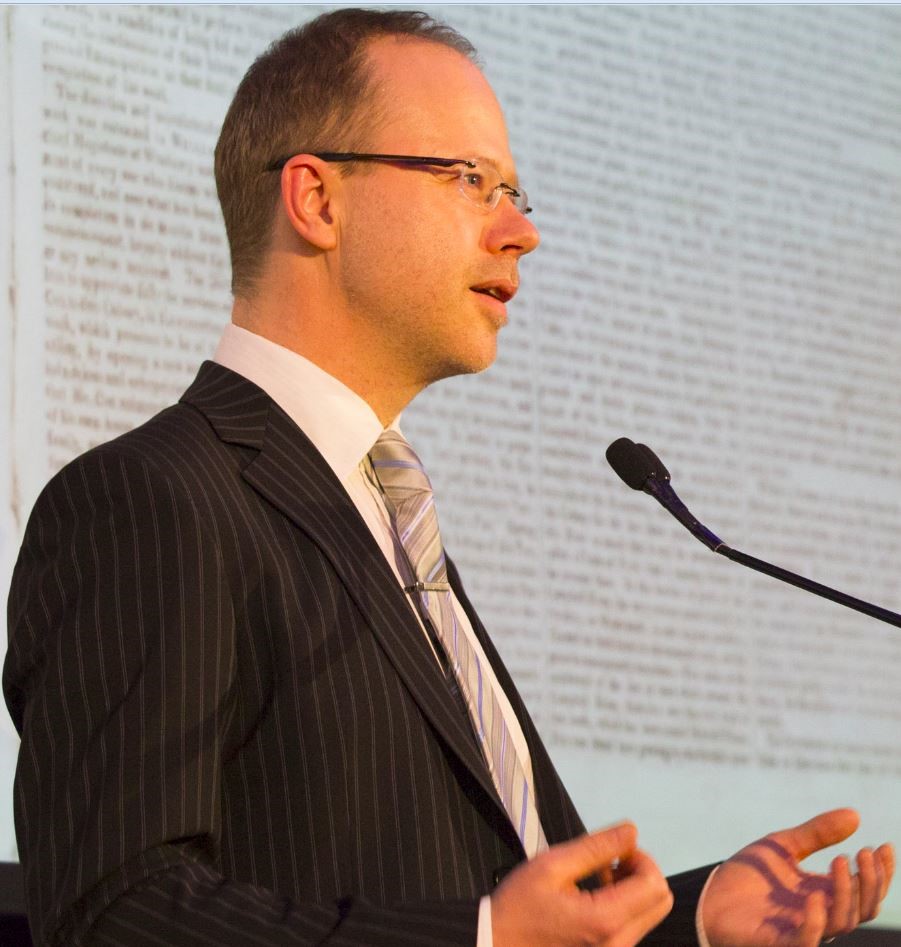» Next Entries
Category
Humanities
-
Communication and Media Studies, Digital Scholarship, Historical Studies, Humanities
Experimental Histories
25.01.07 | Permalink | Comments Off on Experimental HistoriesInteractive digital technologies are transforming the processes of research and production across all major academic disciplines. The changes are most significant in traditional disciplines. In that of history, online public access to digitised historical resources has meant that the materials of history are now available to anyone who has access to the internet. Previously, the study of archives was only open to the dedicated specialist with access to the world’s major library collections. Digital technologies have not only enhanced access to resources, but they are also enabling the development and growth of new kinds of content delivery and new modes of historical narration. Although the book is not likely to be superseded any time soon, the book now competes with experimental digital works that are relating history in new and highly interactive ways.
-
Communication and Media Studies, Cultural Studies, e-Research, Humanities
Multimedia and the Narrative Frame
25.07.06 | Permalink | Comments Off on Multimedia and the Narrative FrameJanet Murray’s Hamlet on the Holodeck (1997), a landmark text written nearly a decade ago, set out to investigate the potential for interactive story forms at a time when digital interactivity was, for the first time, in the hands of the mainstream. Her book, which analyses a range of non-linear narrative models, continues to inspire those who wish to imagine the future of digital narrative textuality. The study of interactive narrative is now a vast field in its own right. Today there is extensive, vibrant debate on the evolution of digital narrative story forms, with theoretical commentary coming from perspectives as diverse as new media theory, literary studies, cinema studies, media arts and humanities computing.
» Next Entries






